- Julia
- What does it mean for a graph to be discontinuous? I don’t get it!
- Dylan
- I think it’s like when there’s a hole in the graph or something.
- James
- Actually there are different kinds of discontinuities, but they can be hard to visualize so let’s take a look!
- Altogether
- Let’s dive in!
Introduction
Example
Consider the function .
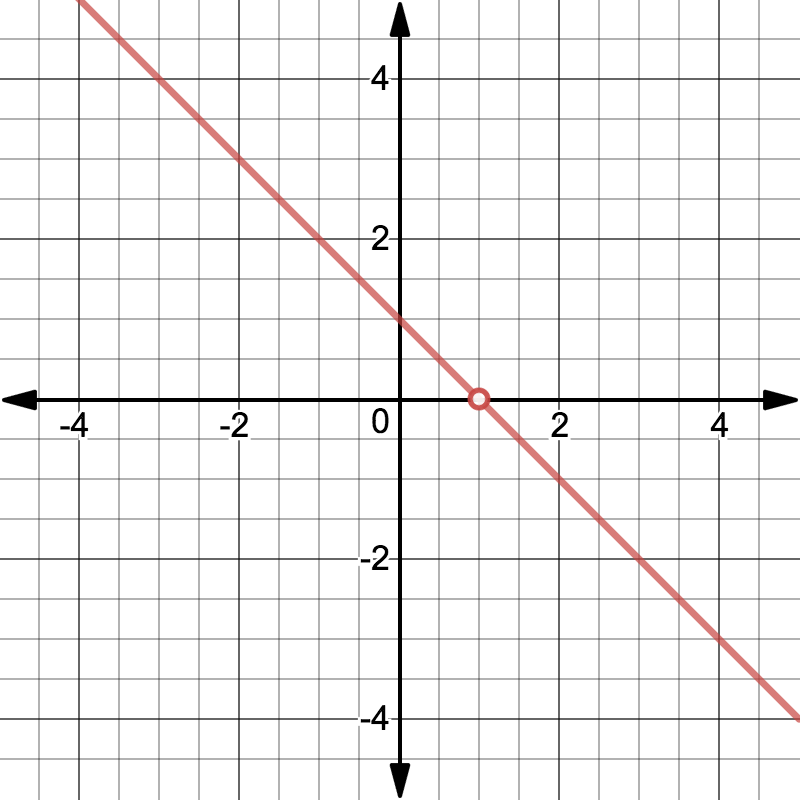
Through some simple elimination, we can easily see that this function is equivalent to , where . Thus, there is one point on the original function we should pay close attention to: .
Using the simple trick of squaring the denominator to create our numerator, we were able to easily pick a point where we will have a discontinuous function, without using a jump or infinite discontinuity. Jump discontinuities can easily be made using piecewise functions, and infinite discontinuities are often best made with rational functions, like fractions of polynomials! Don’t worry if you haven’t discussed these discontinuities yet; we’ll see plenty in this lab!
Problems
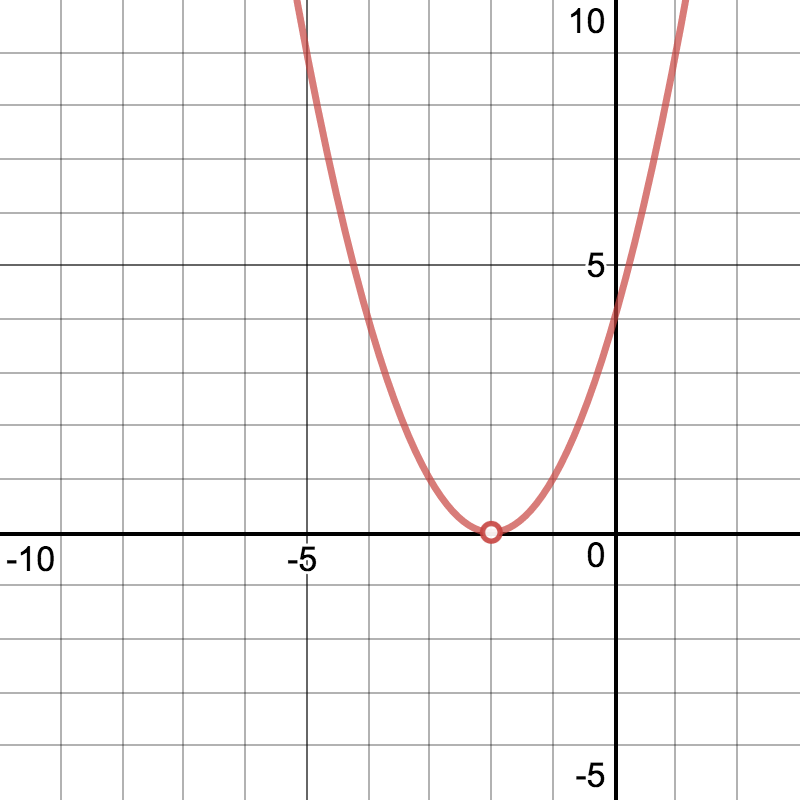
What kind of discontinuity is present? Select all which apply.
Using the format (*-value*, *type of discontinuity*), indicate the -values with their corresponding type of discontinuity. If multiple discontinuities exist, list them in ascending -value order. Make sure to capitalize the type of discontinuity, and put commas following each ordered pair when necessary.
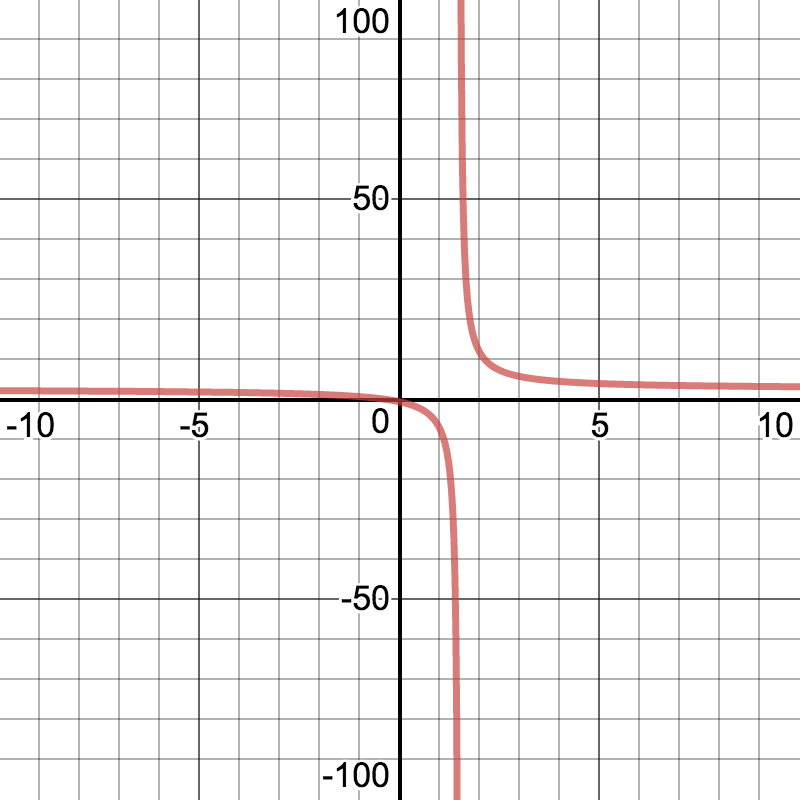
What kind of discontinuity is present? Select all which apply.
Using the format (*-value*, *type of discontinuity*), indicate the -values with their corresponding type of discontinuity. If multiple discontinuities exist, list them in ascending -value order. Make sure to put commas following each ordered pair when necessary.
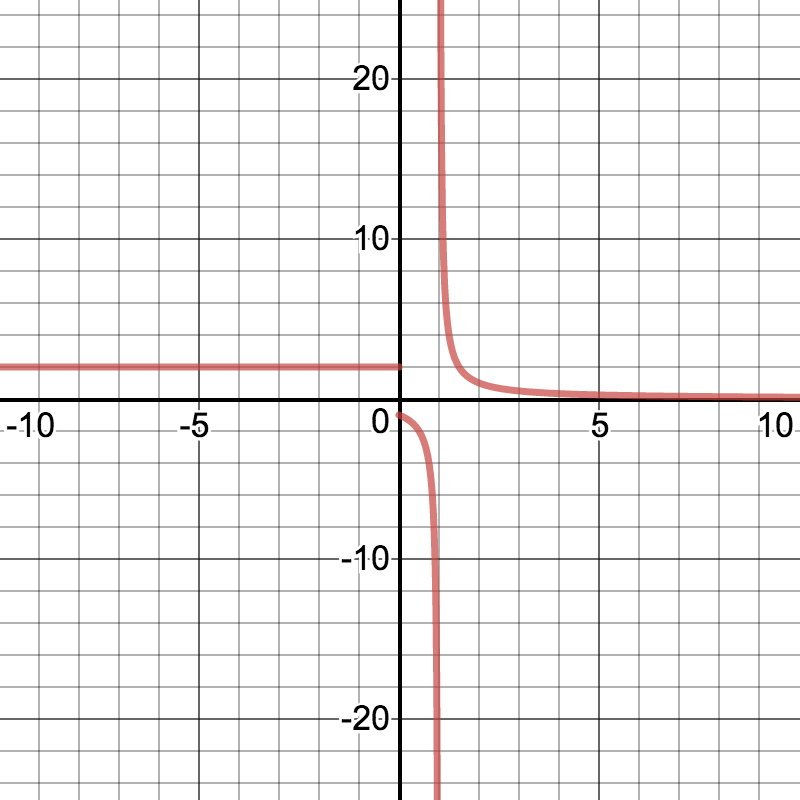
What kind of discontinuity is present? Select all which apply.
Using the format (*-value*, *type of discontinuity*), indicate the -values with their corresponding type of discontinuity. If multiple discontinuities exist, list them in ascending -value order. Make sure to put commas following each ordered pair when necessary.
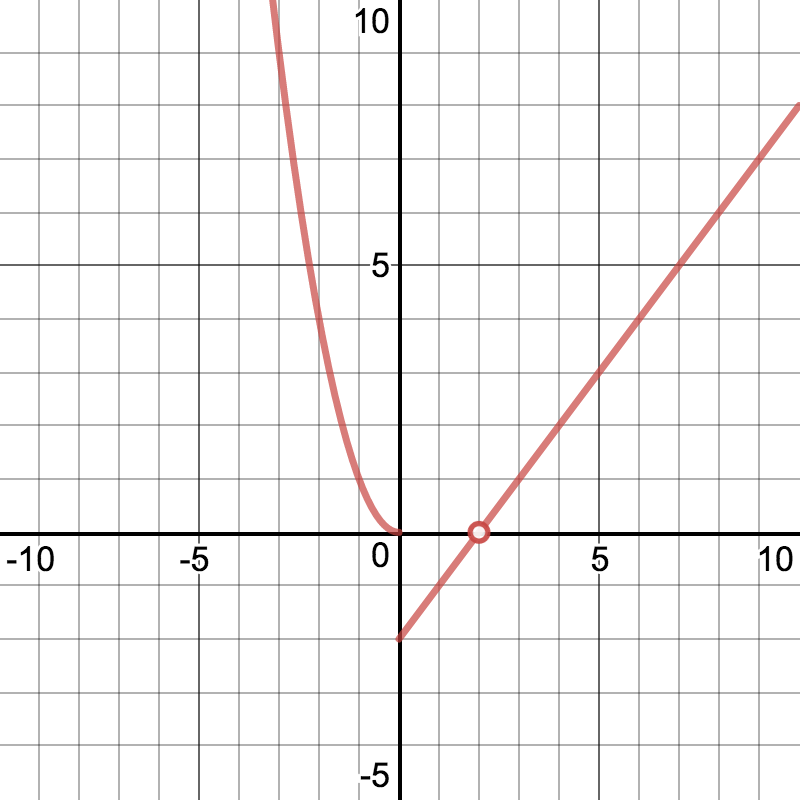
What kind of discontinuity is present? Select all which apply.
Using the format (*-value*, *type of discontinuity*), indicate the -values with their corresponding type of discontinuity. If multiple discontinuities exist, list them in ascending -value order. Make sure to capitalize the type of discontinuity, and put commas following each ordered pair when necessary.
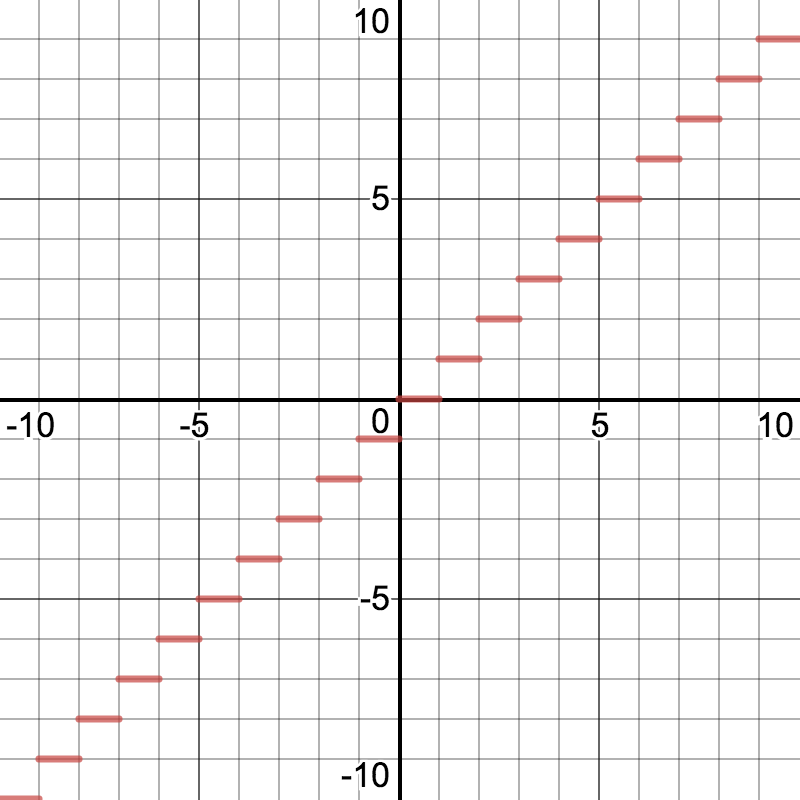
What kind of discontinuity is present? Select all which apply.
- Julia
- Whenever I see people talking about jump discontinuities, they always use piecewise functions. Do you think it’s possible to make one without the function being piecewise?
- Dylan
- If there’s one thing that I’ve learned in math, it’s that there are usually two ways to do anything! I’m not really sure how you would make something like that though...
- James
- I know one function that would work!
- Julia
- Hey y’all, I was looking at our continuous graphs and noticed something.
- Dylan
- What did you see? They all look like pretty normal functions to me.
- James
- Yeah, I don’t really know what you mean.
- Julia
- Well, discontinuities mean there is a chunk of the graph where you can skip over a value, right? Like, we can jump right from 1 to 5, or have a hole where some value isn’t attained.
- Dylan and James
- Right. And?